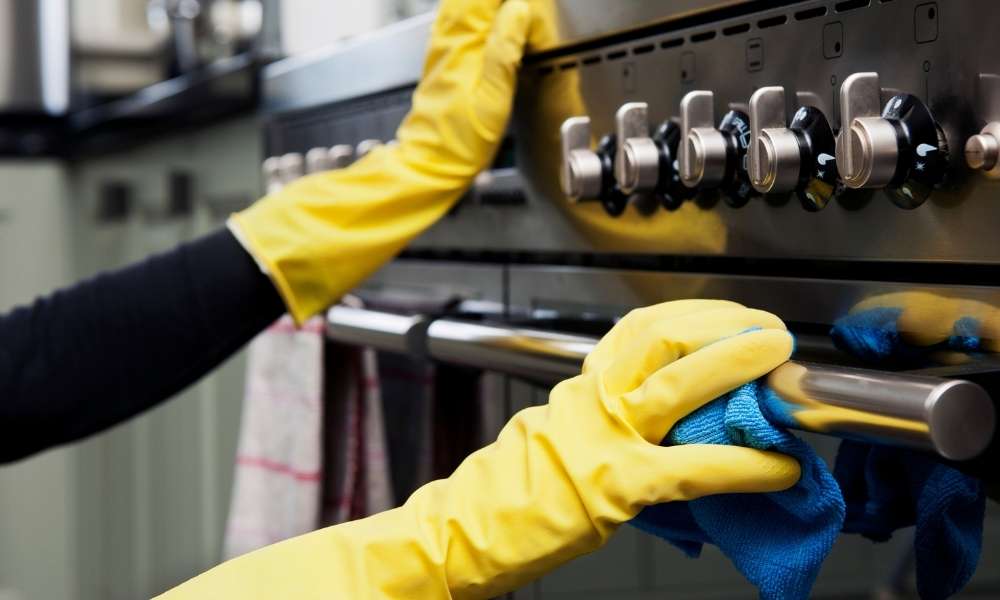Outdoor lighting improves your property’s look, safety, and usefulness, making areas that are perfect for relaxing and having fun. But rain and other bad weather can mess up your lighting setup, making it less effective and even risking your safety. This is the right place to look for ways to keep your outdoor lights safe. This guide shows you how to protect outdoor lights from rain safe from rain so they last longer and work better.
Why It’s Important to Protect Outdoor Lights from Rain
Outdoor lights are a valuable investment; keeping them from rain guarantees life and usefulness. Here’s why protecting your lights is essential:
- Prevents Short Circuits: Electrical short circuits can happen because of rain, damaging the system.
- Avoids Rust and Corrosion: Wet metal parts can rust, lowering their performance and usefulness.
- Enhances Safety: Electrical hazards like shocks or fires rise with water contact.
- Reduces Costs: Proper sealing minimises the need for frequent fixes or replacements.
- Maintains Aesthetics: Well-protected lights maintain their look, enhancing your outdoor area.
1. Choose Weather-Resistant Fixtures
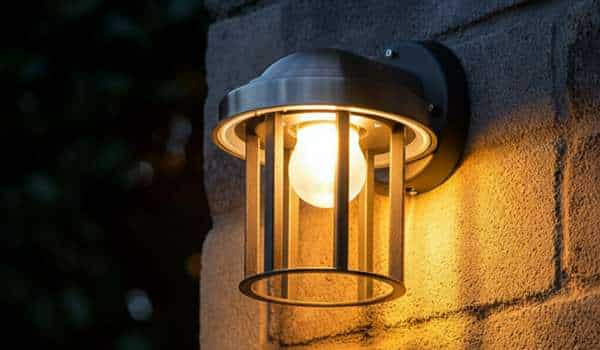
The first step is to pick fixtures especially made for outdoor use. These pieces are built to resist harsh weather conditions and last longer. Look for lights with a high Ingress safety (IP) rating, such as IP65 or higher, which protects against heavy rain and water sprays. Durable materials like stainless steel, powder-coated metal, or UV-resistant plastics are perfect because they prevent corrosion and wear. Moreover, opt for fittings with a fully sealed design to prevent water from getting inside.
Pro Tip: Avoid using indoor-rated lights outdoors as they are not designed to handle humidity or rain exposure.
2. Install Protective Covers
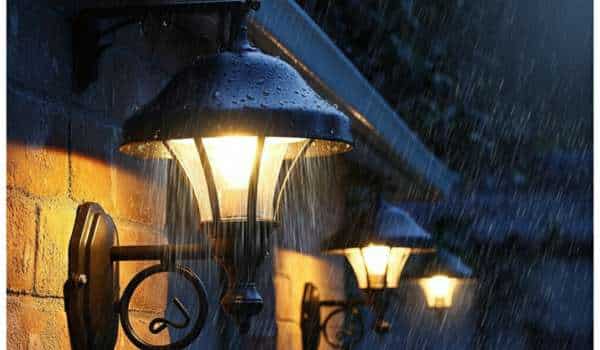
Adding protection covers is one of the easiest and most effective ways to shield outdoor lights from rain. These covers come in various forms, including rain shields that direct water away from fixtures, keeping them dry even in heavy downpours. Another great option is to place awnings or canopies over your lights for extra security against rain and snow. Additionally, UV-protected lamp covers can defend lights from water damage and fading caused by prolonged exposure to sunshine. These protective steps ensure that your lights stay functional and visually appealing, regardless of the weather.
3. Use Waterproof Sealants

Waterproof seals are a crucial addition to any outdoor lighting setup to prevent water from entering electrical components. Silicone sealants work well for closing holes around fixtures and wire entry points. For a quick and effective answer, You can also use spray-on waterproof coatings, which add an extra layer of protection waterproof outdoor lights. Before adding any sealant, ensure the surface is clean and dry for proper bonding. This simple step significantly increases the lifespan of your outdoor lights, especially in rainy conditions.
4. Protect Electrical Connections

Electrical connections are particularly sensitive to water damage, making their security important. Use waterproof connectors specially made to keep wetness out. For extra safety, wrap connections in heat-shrink tubing, providing an additional waterproofing layer. Always plug outdoor lights into Ground Fault Circuit Interrupter (GFCI) outlets, which automatically stop power in case of electrical problems. Regularly check your connections for signs of wear or damage and address issues quickly to prevent accidents.
5. Upgrade Your Lighting Setup
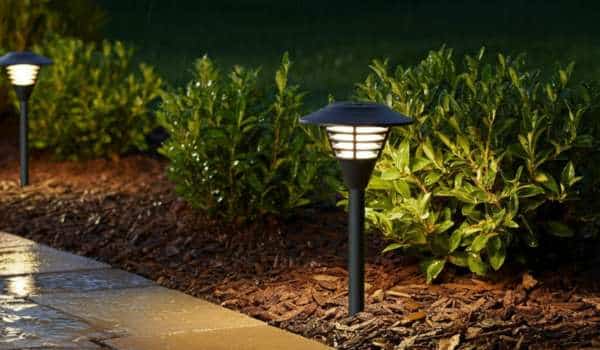
Keeping your lights elevated minimises the risk of water damage caused by pooling rainwater. Consider wall-mounted fixtures, which are less likely to come into contact with standing water. Use stakes or mounts to elevate path lights above ground level. Strategically place fixtures in areas that avoid low-lying spots prone to flooding. Elevating your lights not only protects them from water damage but also improves their overall efficiency and appearance.
6. Opt for Solar-Powered Lights
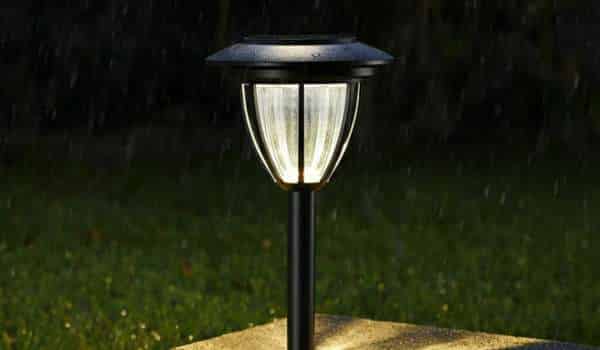
Solar-powered lights are an excellent option for outdoor places, as they remove the need for electrical wiring. These lights offer several benefits, including a wireless setting that lowers exposure to water and a weather-resistant design capable of withstanding rain and snow. Also, They are eco-friendly, Harnessing sunlight to save energy and reduce your carbon footprint. Place your solar lights in areas with ample sunshine during the day for the best performance. These lights are a useful and sustainable choice for rain-prone areas.
7. Maintain Your Outdoor Lights
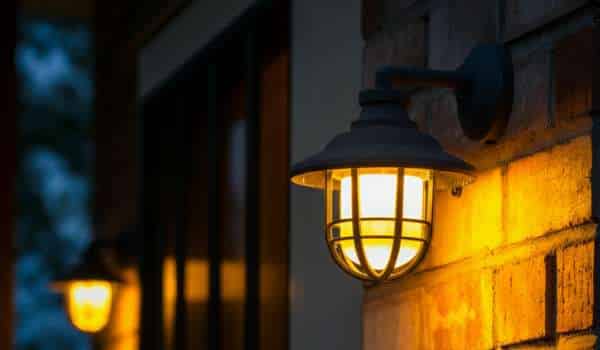
Regular maintenance is crucial to keep your outdoor lights working effectively. Begin by checking faucets for cracks, rust, or loose connections that could allow water entry. Clean your lights regularly to clear dirt, debris, and moisture that may compromise performance. Promptly repair worn or damaged components to ensure the system stays working. A consistent maintenance practice improves the lifespan of your outdoor lights and keeps them looking their best.
8. Strategically Place Your Lights
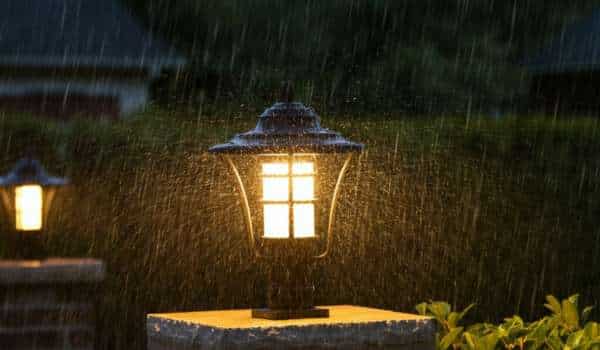
Proper placement is key to protecting outdoor lights from rain. Place fixtures under pergolas, balconies, or overhangs to shield them from direct rainfall. Avoid installing lights in low-lying areas where water accumulates after heavy rain. You can also use natural features like trees or bushes to provide additional protection. Thoughtful placement reduces the need for extra weatherproofing measures and enhances the durability of your lighting system.
9. Invest in High-Quality Accessories
Investing in high-quality items can make a big difference in protecting your outdoor lights. Use weatherproof extension cords specially made for outdoor use to prevent electrical dangers. Automate your lighting system with timers and smart settings to reduce the risk of overuse during wet weather. Ensure your fixtures are safely mounted using heavy-duty mounts to resist strong winds and heavy rains.
10. Plan for Seasonal Adjustments
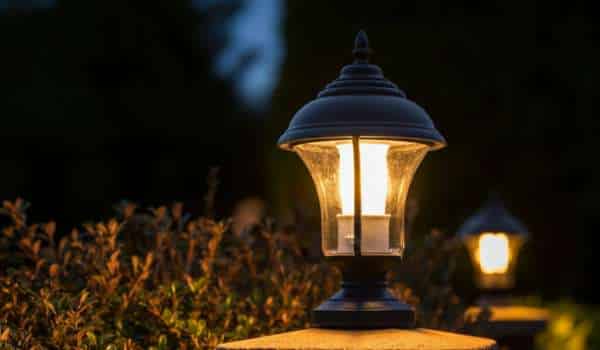
Seasonal adjustments can help you stay ahead of harsh weather conditions. During rainy seasons, consider using temporary covers for additional protection. If you use portable lights, remove and store them indoors during extreme weather to avoid damage. In colder climates, take steps to winterise your lighting system by ensuring that fixtures are resistant to freezing temperatures. These adjustments keep your outdoor lighting setup resilient year-round Protect Outdoor Lights from Rain
Extra Tips to Protect Outdoor Lights from Rain
- Install Drip Loops: A drip loop in the wiring prevents water from travelling along the wire into the fixture.
- Upgrade to LED Lights: LED bulbs are more durable and energy-efficient than traditional bulbs.
- Use Conduits for Wires: Protect underground cables by encasing them in waterproof conduits.
How To Make A Light Fixture Waterproof
start by choosing fixtures especially made for outdoor use, as these are built to resist elements like rain and humidity. Ensure all connections are sealed properly using waterproof gaskets or silicone sealant to avoid water entry. Additionally, use weatherproof covers for any uncovered electrical components and check that the fixture’s IP (Ingress Protection) grade meets the necessary standard for your area. Regular Maintenance, such as checking for cracks or wear, can further enhance the life and usefulness of your waterproof light fixtures.
Frequently Asked Questions
Can outdoor lights be left in the rain?
Yes, outdoor lights designed with a high IP rating can withstand rain. However, additional protection is recommended for prolonged exposure to heavy rain.
How do I know if my lights are waterproof?
Check the fixture’s IP number. An IP65 or higher rating suggests that the light is ideal for outdoor use in rainy circumstances.
Can I use regular extension cords for outdoor lights?
No, always use weatherproof extension cords designed for outdoor use to prevent electrical hazards.
Conclusion
Protecting your outdoor lights from rain is important for their safety, life, and usefulness. Simple steps like picking weather-resistant fixtures, putting protected covers, using waterproof sealants, and regularly keeping your lighting setup can make a big difference. Strategic placing and investing in quality accessories further improve security, ensuring your lights stay operational and visually appealing in all weather conditions. By following these tips, you can enjoy beautifully lit outdoor places throughout the year, rain or shine, without thinking about damage or costly replacements.



